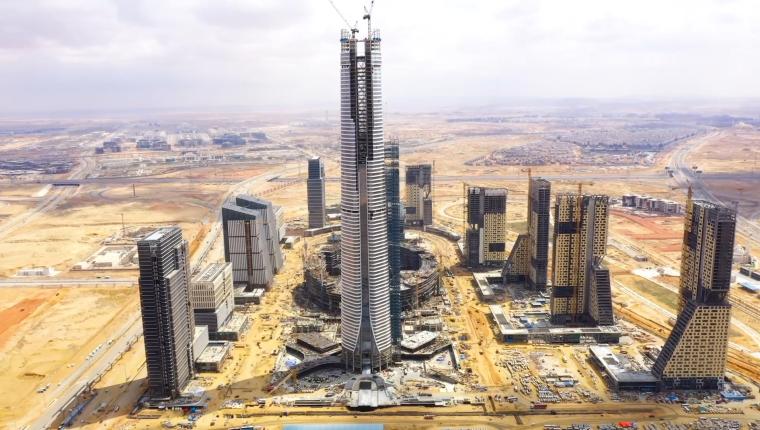
Arbache, Z. A. & Abdullah, B. A. (2023). The conceptual architecture of international relations in the middle east: promoting a new path of economic policy for regional cooperation. BRIQ Belt & Road Initiative Quarterly, 4(2), 6-22.

This work is licensed under a
Creative Commons Attribution 4.0 International License.
From the dissolution of the Union of Soviet Socialist Republics (USSR) to the current war between Russia and North Atlantic Treaty Organization (NATO) countries in Ukraine, international polarization and the struggles of influence between world powers towards the Middle East region have not been as intense as we see today. This article seeks to answer the following question: how can major Eurasian powers such as Iran, Syria, Turkey, and Russia build a long-term collaboration that could also engage the Gulf countries? Much of the attention regarding regional relations has focused on energy projects, from the Arab Gulf to the Mediterranean on the one hand and from the Russian Federation via the
Turkish mainland on the other, as an international supply towards Europe and the Americas. Effective and long-term collaboration requires not only the leading role of major Eurasian powers but also a due appreciation of the importance of strategic commodities other than energy products and a stronger awareness of the common challenges these powers share. This calls for a new economic model based on state-led investments, production, and employment in the space of the “Five Seas”, whose prerequisite is respect for international law within the framework of the legitimacy of the United Nations to ensure stability and prevent the resurgence of extremism, facilitate the return of displaced persons,
and encourage reconstruction and peace efforts throughout the region. Syria, which had previously promoted the “Five Seas approach” with Turkey as a driving force, as well as the other countries ofthe Levant (Lebanon, Jordan with Iraq), the Arab countries of the Gulf and North Africa, have the opportunity to take advantage of the change in the global context of world politics. They will assume a key role with Russia, China, India and other emerging countries in the multipolarization of world politics to bring into use the advantage of the region’s geographical position at the hub of energy supply, infrastructure investment, transport and international trade.
Keywords: Belt and Road Initiative, Five Seas, geopolitics, Middle East, Syria
